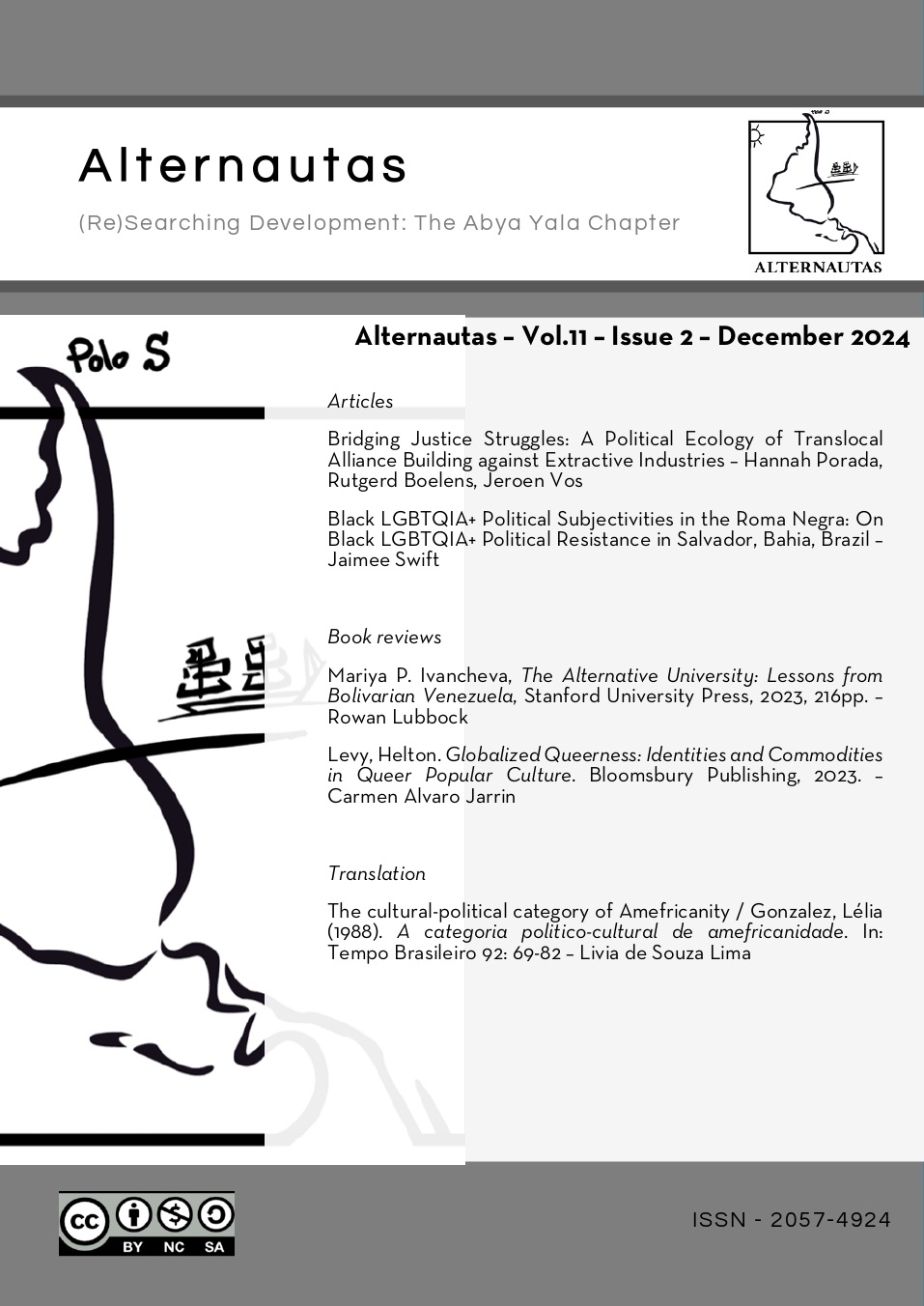Abstract
Globalized Queerness takes a critical look at the global media landscape to examine whether queer and trans representations become homogenized or flattened as they seek to reach a wide, transnational audience. Levy defines “globalized queerness” as a series of media strategies emerging mostly from Western and Anglophone metropoles, which “have capitalized on queer life to sell products and homogenize ideas of queerness” (197). This mass commodification of queer representation emerges at the expense of racially minoritized, impoverished queer communities, particularly those from the Global South, as their localized experiences of doing LGBTQIA+ art and politics are erased from the media landscape. The book is careful, however, not to portray globalized queerness as an all-encompassing media landscape, as it tracks the frequent ruptures of local politics into global narratives, particularly in the hands of more critical queer and trans media producers.

This work is licensed under a Creative Commons Attribution-NonCommercial-ShareAlike 4.0 International License.
Copyright (c) 2024 Carmen Alvaro Jarrin


